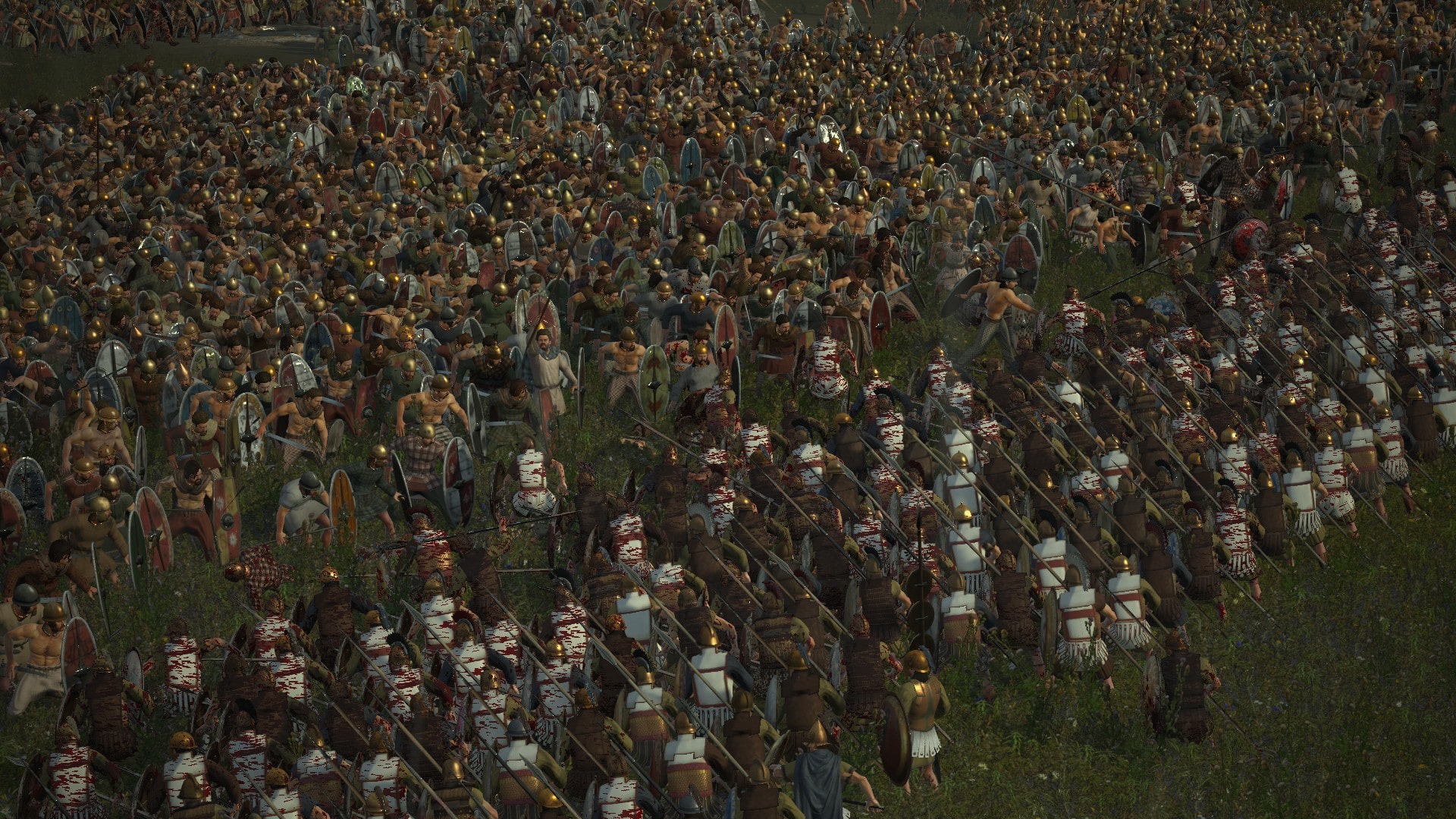


fostering distrust and enmity between local rulers.aiding and promoting those who are willing to cooperate with the sovereign.creating or encouraging divisions among the subjects to prevent alliances that could challenge the sovereign and distributing forces that they overpower the other.Strabo also reports in Geographica, 8.7.3 that the Achaean League was gradually dissolved when it became part of the Roman province of Macedonia, as the Romans treated the various states differently, wishing to preserve some and to destroy others. The strategy, but not the phrase, applies in many ancient cases: the example of Aulus Gabinius exists, parting the Jewish nation into five conventions, reported by Flavius Josephus in Book I, 169–170 of The Jewish War ( De bello Judaico).

However, it has been hard to distinguish between the exploitation of pre-existing divisions by opponents, and the deliberate creation or strengthening of these divisions implied by "divide and rule". Historically, this strategy was used in many different ways by empires seeking to expand their territories. Tradition attributes the origin of the motto to Philip II of Macedon: Greek: διαίρει καὶ βασίλευε diaírei kài basíleue, in Ancient Greek, meaning "divide and rule"ĭivide and rule policy ( Latin: divide et impera), or divide and conquer, in politics and sociology is gaining and maintaining power divisively.


 0 kommentar(er)
0 kommentar(er)
